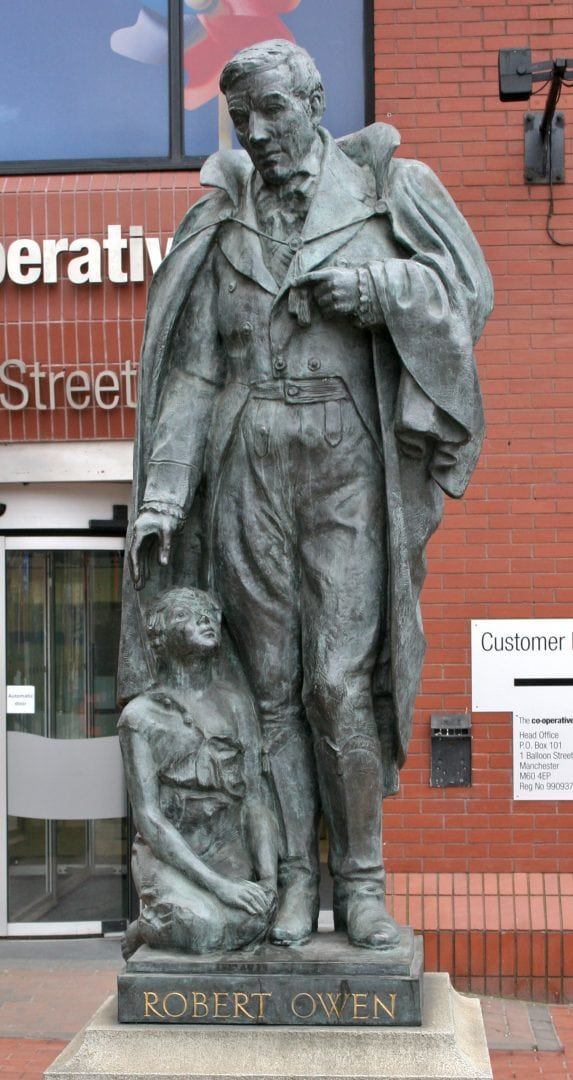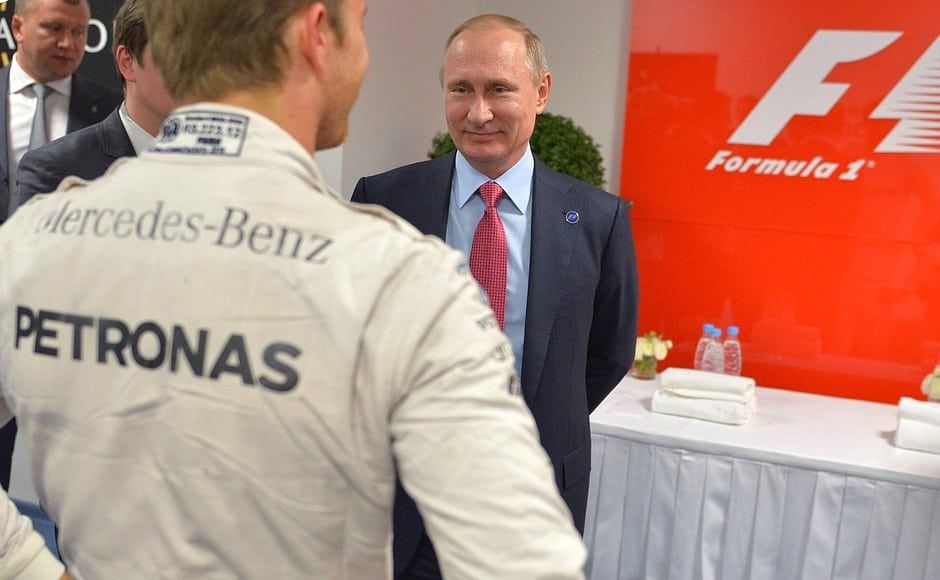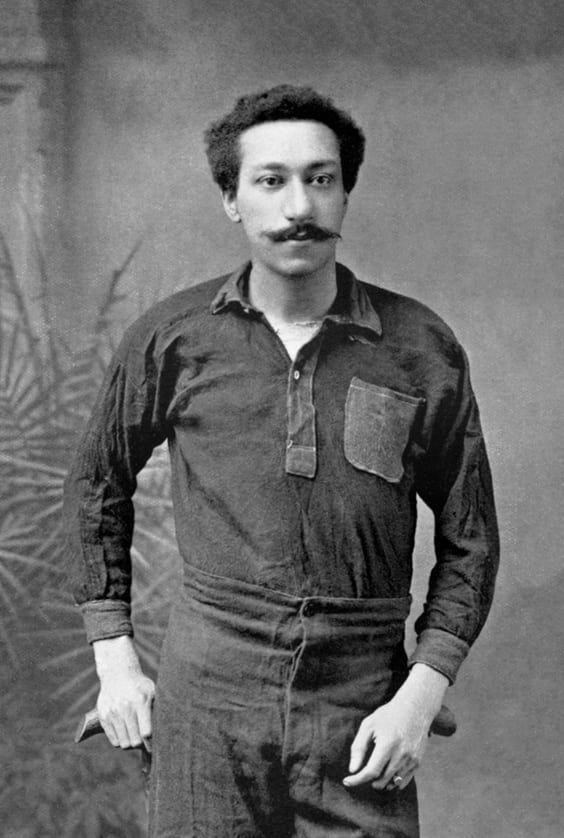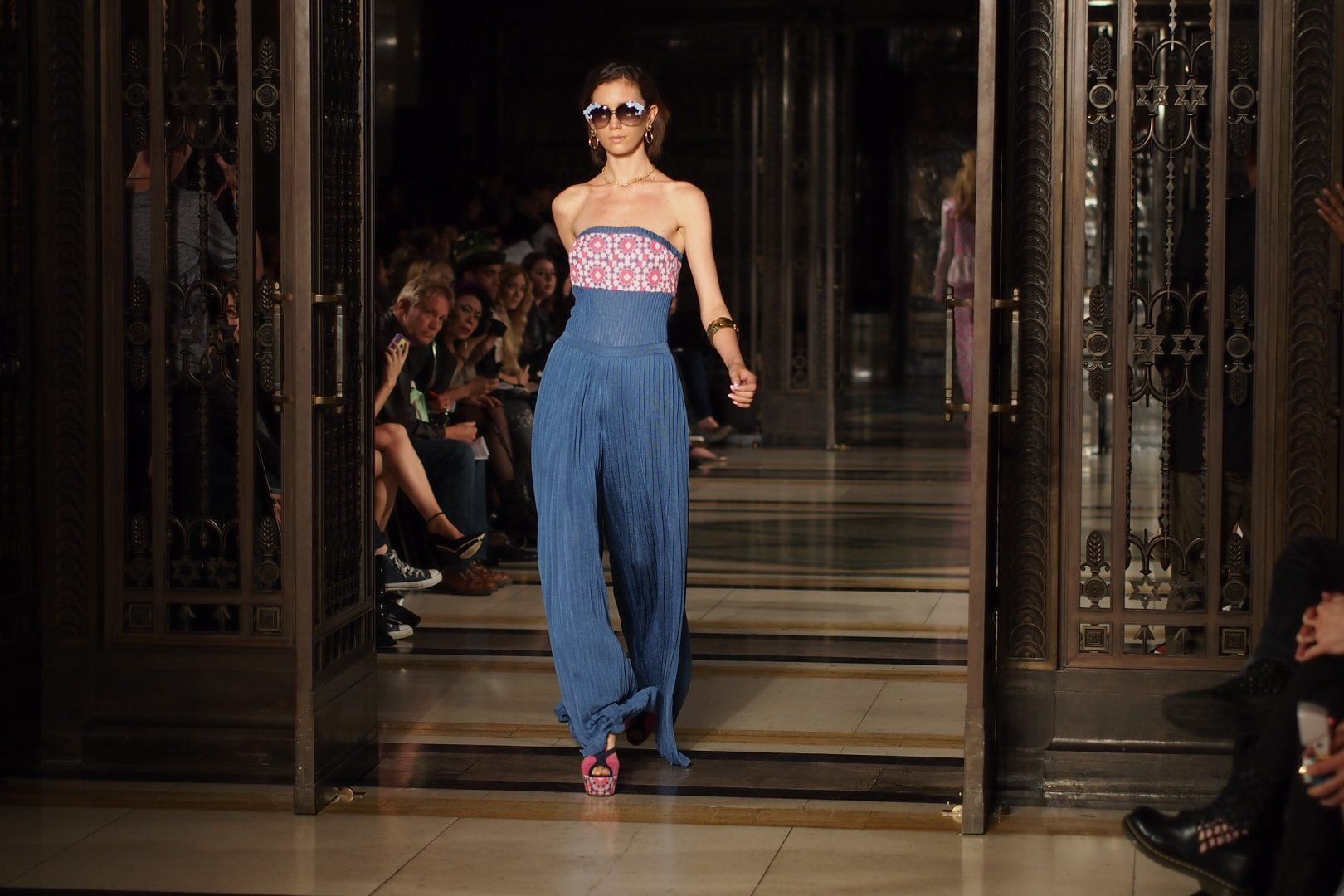Put your jazz-hands in the air
The University of Manchester Students’ Union (SU) has been doing jazz-hands at the centre of the media stage this week. What can we say – like all good soloists they have well and truly captured the spotlight. This unprecedented attention has come following a Senate vote in September which resolved clapping could be distressing for those suffering from anxiety or sensory issues, leading to the jazz-hands motion.
The motion explains that quieter forms of expression, namely British Sign Language (BSL) clapping, would be a more appropriate and sensitive alternative. The intention is undoubtedly positive, but if the goal was inclusivity then sadly they fell a long way short. They seem instead to be edging closer to the murky waters of condescension.
Although perhaps not condemning the whole country to lunacy, as the ever-concerned Piers Morgan felt moved to do, the Senate’s decision does raise questions about this goal of ‘inclusivity’. On paper it is making daily life more amenable to as many people as possible – something we should of course all strive towards. Following this train of thought however, we could start to question what prevision has been made for those who are visually impaired.
There is absolutely nothing wrong with the ethos which strives to make SU democratic events open to as many people as possible. This however is not going to be achieved through such showy, but ultimately empty, actions. The SU have claimed that they have had a positive response from a number of deaf and autistic students. Yet for how many of these is it the sentiment which is important rather than the actual clapping?
Perhaps some of blame for this sort sighted policy therefore rests upon a lack of direction for the Senate. It is clear that the majority of students at the University do not necessarily support this policy, or its wording. If attendance at the actual voting had been greater and more representative of the student body it is unlikely that everyone would have jazz handed its implementation. This really strikes at the heart of the issue with striving for inclusivity; it only works if the decision-making process is entirely representative itself, and for whatever reasons, the SU senate is not.
If the SU were to genuinely dedicate themselves to becoming a safe space for those who suffer from anxiety, perhaps access to counselling and mental health services could be made easier. Encouraging “silent clapping” smacks (only figuratively of course) of a hollow spectacle made to win brownie points. That said, it is important to mention that for the moment, the exact wording of the policy states that the idea is “encouraged” and not actually fully enforced.This particular movement is currently intended for politically motivated events or decision-making conferences. If we are to encourage jazz hands at some SU events then surely it should be at all of them?
Such a scenario is clearly unrealistic. As crude as it may be to admit, to gaze upon an audience of enthused fully-grown adults, or indeed excited concert-goers, all doing jazz hands in complete silence would just be silly. When an incentive like this is exclusive to a single institution and subject to specific conditions, it comes across as blatantly peculiar and potentially even mocking. Although the sentiment should be praised, the idea is clunky and patronising.
Would it not be a better approach to create an atmosphere where people feel safe and comfortable enough to raise such an issue and ask for a quieter environment? This would make for a more sensitive method of mitigating the concerns raised, whilst simultaneously not enforcing it upon people and teetering towards the realm of mockery.




















